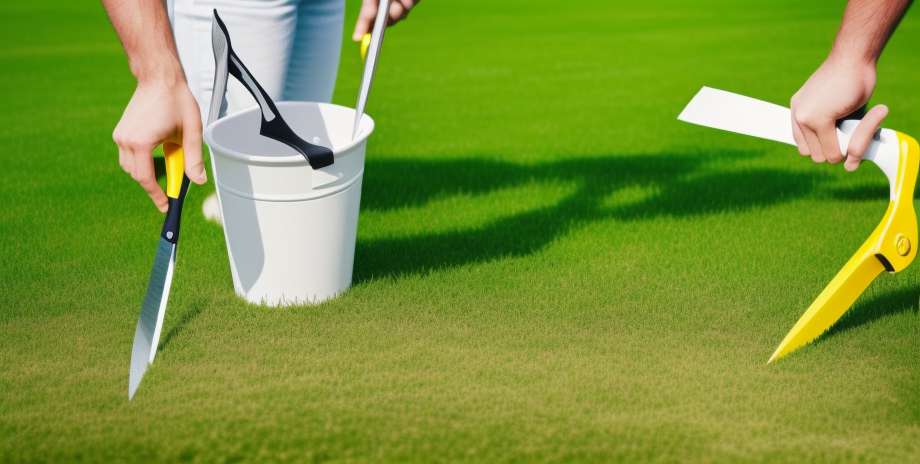As part of the reconstruction of the areas affected by the floods , it is important to be aware of the actions for the cleaning of houses and affected buildings.
Never forget that after a flood the water and mud carried to the streets, sidewalks, walls and objects may contain residues of sewage , which turns the affected area into a latent source of possible diseases and infections.
The Center for Disease Control and Prevention of the government of the United States of America proposes the following actions:
At home:
- Keep out of the flooded area children and pets until the cleaning is completed.
- Wear gloves, boots and safety glasses during the cleaning .
- Discard items that can not be washed or disinfected (mattresses, carpets, rugs, upholstered furniture, cosmetics, stuffed animals, baby toys, pillows, foam or rubber articles, books, wall coverings and most paper products).
- Discard drywall and insulation materials.
- Perform a thorough cleaning of all solid surfaces with hot water and laundry detergent or dish washing.
- After completing the cleaning, Wash hands with soap and water .
Water purification techniques
There are three solutions to prepare the liquid, and that it can be used for human use. (Note: these techniques do not enable water for human consumption)
- Heat water and leave it boil for a minute . Wait for it to cool to room temperature and use it to wash hands or bathe.
- Make a solution of 1/8 teaspoon of chlorine of domestic use for 1 gallon of water, and let it stand for 30 minutes.
- If the water is turbid , use a solution of 1/4 teaspoon of household chlorine for 1 gallon of water.
Video Medicine: Flood Clean-up - 5 Steps Including Mold Control (April 2024).
